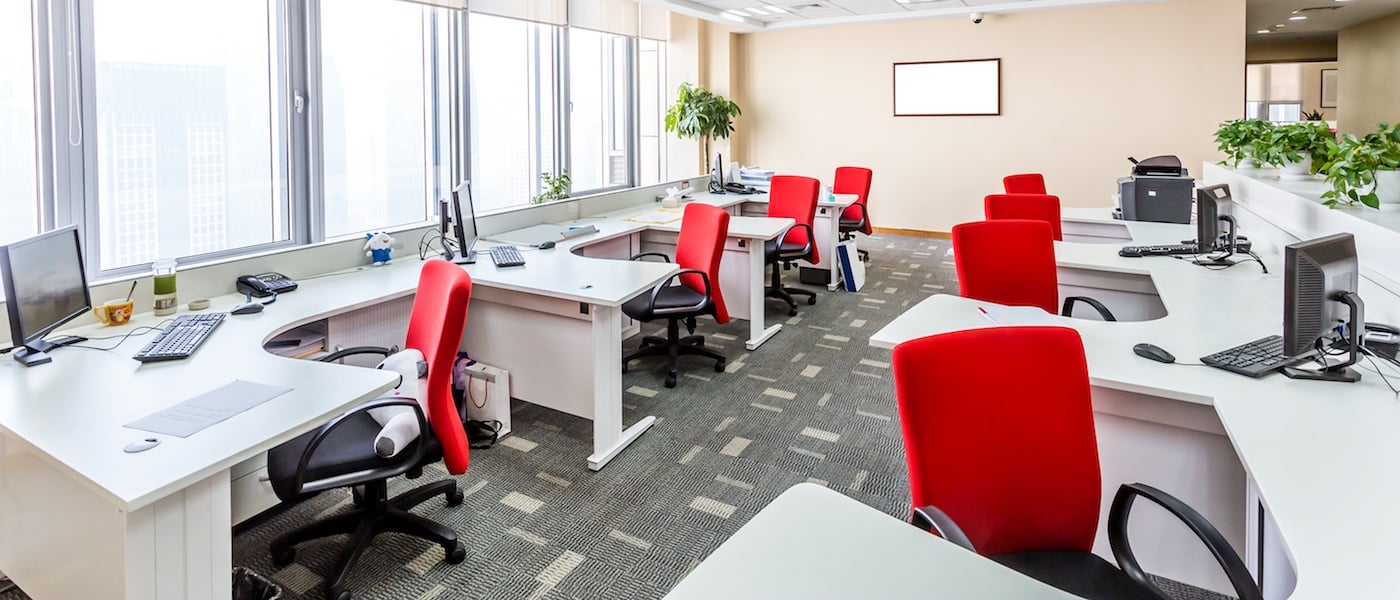Preparing for any move requires organization and planning. Preparing for an office move or relocation requires extra coordination, cooperation, and a targeted, strategic approach.
Following these 6 tips will help you prevent costly, time-consuming mistakes; minimize downtime; and ensure your move will be completed as quickly and painlessly as possible.
Tip 1: Create a Checklist
An office move is like a puzzle with many tiny pieces. If you forget any of the pieces, the puzzle will be incomplete. A checklist will help keep you on track. Some items on your office moving checklist should include the following:
- Determine your target timeline and schedule
- Create a budget
- Consider IT upgrade needs
- Determine the specifications for your new office furniture
- Secure new phone number or transfer existing numbers
- Evaluate onsite and offsite storage needs and whether your new space can accommodate those needs
Tip 2: Out with the Old
There’s no need to move electronics, files, manuals, etc. that no one will use in the new office. Purge anything and everything that can be described as obsolete, old, broken, unused, unwanted or outdated.
Tip 3: Delegate
To avoid chaos, disorganization and unnecessary repetition, assign specific tasks to each member of your team. For instance, assign someone in your IT department to dismantle and package electronic, assign another employee to be in charge of securing boxes and pack materials, etc.
Tip 4: Identify Items Most Likely to Break and Make Sure They’re Handled with TLC
Artwork, granite conference tables, glass desktops, computer equipment and potted plants are examples of fragile items that could break if they’re manhandled. Talk to your office mover about steps to safeguard the most vulnerable items you’ll be moving. By making this extra effort, you’ll save significant money in the long run because you won’t need to replace broken items later. (You might be interested in reading our blog on the most commonly broken items in an office move and how to avoid it.)
Tip 5: Prepare Desks and Filing Cabinets
To avoid a mess, box up files in larger (four- and five-drawer) filing cabinets. It’s usually fine to keep files inside two- and three-drawer filing cabinets during a move, but to avoid damage, make sure the drawers are locked! Also, remind all employees to empty their desk drawers and lock them before your move.
Tip 6: Remember Murphy’s Law
You’re probably familiar with the saying, “If something can go wrong it will … and usually at the worst time.” Hope for the best, but plan for the worst by envisioning what could possibly go wrong, and what you would do in that scenario. For example, what if your new space isn’t ready on time? Where will you store your furniture and conduct business until you can move into your new office? How can you expedite your move-in when your delayed space is finally ready?
Conversely, what if you order new office furniture and it unexpectedly arrives early? What if you get your furniture into your office and discover it doesn’t fit? Or, what if it had to be disassembled for the move and your team can’t figure out how to reassemble it?
Here’s a bonus tip: Think carefully about who you hire to oversee your move. There are big differences between generic “moving companies” and certified office installers.
Moving companies have trucks and strong men to load and unload those trucks. Office furniture installers have those things, too. But certified office furniture installers also have the skill and expertise to set up your office and furniture to exact specifications in your new space and provide the facilities to warehouse your furniture. They can even set up temporary work stations for your team in case your move is delayed. There’s much more that goes into an office move than transporting boxes and objects from Point A to Point B. Make sure your mover offers all the other services you may need.






